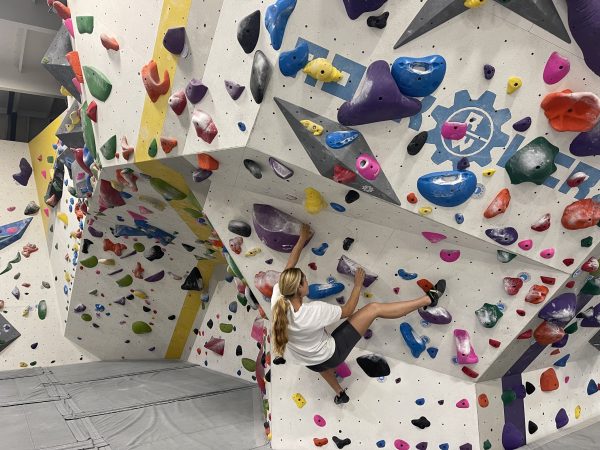 From the moment I stepped into my role as a therapist, I have known deep in my bones that traditional talk therapy was not my calling. I have always struggled to sit still, and the thought of sitting for hours making direct eye contact with clients made me want to quit this career path and become an outdoor educator or personal trainer. I was lucky to be given the opportunity to walk with clients outdoors while holding therapy sessions as an intern at a residential clinic–this stemmed from necessity, as there was only one therapy room and 25 clients–and this sparked a curiosity about alternative methods of providing therapy.
From the moment I stepped into my role as a therapist, I have known deep in my bones that traditional talk therapy was not my calling. I have always struggled to sit still, and the thought of sitting for hours making direct eye contact with clients made me want to quit this career path and become an outdoor educator or personal trainer. I was lucky to be given the opportunity to walk with clients outdoors while holding therapy sessions as an intern at a residential clinic–this stemmed from necessity, as there was only one therapy room and 25 clients–and this sparked a curiosity about alternative methods of providing therapy.
As an Associate Marriage and Family Therapist, I have decided to follow my intuition and offer therapy that allows me to integrate my personal passions with my career. I offer hiking therapy and therapeutic climbing groups for teens, and I am so incredibly grateful that these alternative methods of therapy seem to be helping my clients.
In May of this year, I began offering therapeutic climbing groups at a local bouldering gym (climbing without ropes) with teenage girls. The creation of this program blossomed from a combination of my personal reflections on how climbing has positively impacted my mental health, research on the efficacy of combining therapy with climbing, and an ambition to provide a therapeutic experience that differed significantly from the normative group layout. I felt nervous and doubted my skills in the beginning because I did not have a structure to fall back on, as therapeutic climbing is incredibly niche and very understudied, but as my groups progressed, I became witness to the transformative power of climbing and community.
During the first session, without fail, group members sit far away from one another and from me, taking refuge in the corner sections of the couches in my makeshift therapy room. Their bodies are tense and their discomfort is undeniably visible. After spending one hour bouldering together, these same teens return to the therapy room more relaxed, at ease, and ever-so-slightly more comfortable talking about mental health. The energy shift in the room is palpable. With every continuing group session, I have noticed my group members become increasingly more engaged with therapy and excited to climb. I have witnessed firsthand how they use climbing to help regulate their emotions when they become overwhelmed or triggered in our sessions. They are becoming more confident and assertive, setting boundaries with me and stating their needs with increasing ease. They are learning skills I wish I had cultivated in my teenage years!
While I might not have access to textbooks, research, or guidance that would make these groups run as smoothly as your average Dialectical Behavior Therapy groups for teens, I am confident that I am onto something unique and special. I can see how climbing combined with therapy has positively impacted my clients, and listening to their input about how this group has helped them navigate and cope with their emotions has inspired me to continue leading these groups. It brings me so much joy to see my clients build confidence both on and off the wall. Leaning into the discomfort inherent in beginning a new and innovative group and taking risks in my career has been incredibly fulfilling, and I feel so lucky to be combining the activities that nourish my soul with the job I love. I hope that this blog post will inspire you to do the same.




